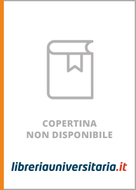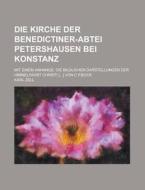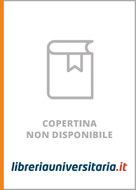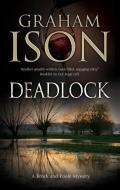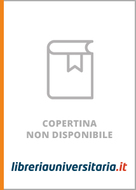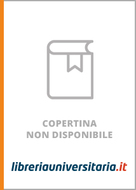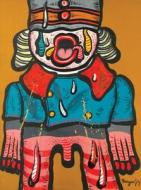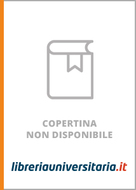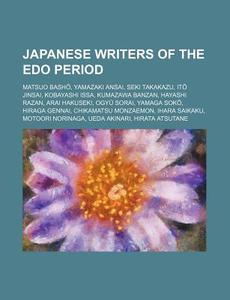
Japanese writers of the Edo period
- Editore:
Books LLC, Reference Series
- EAN:
9781234602444
- ISBN:
123460244X
- Pagine:
- 40
- Formato:
- Paperback
- Lingua:
- Inglese
Descrizione Japanese writers of the Edo period
Source: Wikipedia. Pages: 38. Chapters: Matsuo Basho, Yamazaki Ansai, Seki Takakazu, Ito Jinsai, Kobayashi Issa, Kumazawa Banzan, Hayashi Razan, Arai Hakuseki, Ogyu Sorai, Yamaga Soko, Hiraga Gennai, Chikamatsu Monzaemon, Ihara Saikaku, Motoori Norinaga, Ueda Akinari, Hirata Atsutane, Ajima Naonobu, Kaibara Ekken, Santo Kyoden, Toju Nakae, Yasuaki Aida, Tokugawa Nariaki, Kyokutei Bakin, Ota Nampo, Yosa Buson, Tenjiku Tokubei, Jippensha Ikku, Nakai Chikuzan, Oshio Heihachiro, Keichu, Kamo no Mabuchi, Sato Nobuhiro, Fujiwara Seika, Kada no Azumamaro, Ogata Koan, Namiki Sosuke, Tamenaga Shunsui, Nishiyama Soin. Excerpt: Matsuo Basho , 1644 - November 28, 1694), born Matsuo Kinsaku ), then Matsuo Chuemon Munafusa ), was the most famous poet of the Edo period in Japan. During his lifetime, Basho was recognized for his works in the collaborative haikai no renga form; today, after centuries of commentary, he is recognized as a master of brief and clear haiku. His poetry is internationally renowned, and within Japan many of his poems are reproduced on monuments and traditional sites. Basho was introduced to poetry at a young age, and after integrating himself into the intellectual scene of Edo he quickly became well-known throughout Japan. He made a living as a teacher, but renounced the social, urban life of the literary circles and was inclined to wander throughout the country, heading west, east, and far into the northern wilderness to gain inspiration for his writing. His poems were influenced by his firsthand experience of the world around him, often encapsulating the feeling of a scene in a few simple elements. Basho's supposed birthplace in Iga ProvinceBasho was born in 1644, near Ueno, in Iga Province. His father may have been a low-ranking samurai, which would have promised Basho a career in the military, but not much chance of a notable life. It was traditionally claimed by biographers that he worked in the kitchens. However, as a child, Basho became a servant to Todo Yoshitada ), who shared with Basho a love for haikai no renga, a form of collaborative poetry composition. The sequences were opened with a verse in 5-7-5 mora format; this verse was named a hokku, and would later be renamed haiku when presented as a stand-alone work. The hokku would be followed by a related 7-7 mora verse by another poet. Both Basho and Yoshitada gave themselves haigo ), or haikai pen names; Basho's was Sobo ), which was simply the on'yomi reading of his adult name of Matsuo Munefusa ). In 1662 the first extant poem by Basho was published; in 1664 two of his hokku were printed in a compilation,

